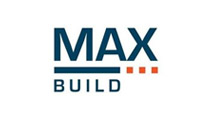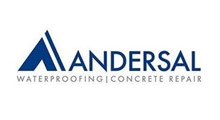
8 June 2021
Your questions answered on the D&BP Act that starts 1 July 2021
ACRA recently ran a webinar on the D&BP Act that comes into play on July 1, 2021.
Some questions that had come through have now been answered. Please note these are advice only and not to be taken as legal advice:
- What are the implications for building changes and alterations? All variations that relate to the “building element” of a Class 2 building need to have a verification statement – this process is set out at clause 27 and 28 of the Regulations.
- What are the implications for doing remedial repairs for a building? for example concrete spalling repairs, roof waterproofing, facade repairs and stabilisation? When assessing whether works are regulated, you must assess whether that work falls into the definition of “Building Element” and does not fall into an exclusion. Please carefully familiarise yourself with these definitions. Work that will impact the structural integrity of a building, external cladding and waterproofing to more than a single dwelling are all regulated works.
- The ACT mentions that any changes to a building will make the engineer responsible for the whole building. please explain. If there are variations to a Regulated Design, that variation the designer (which could be the engineer) will need to consider the variation request and revise the Regulated Design to incorporate the variation. The builder also needs to issue a Variation Statement (as defined by the regulations).
- Thank you for the webinar, very informative. You mentioned that the Act doesn’t apply to cladding remediation works on Class 2, however my understanding was that the Act specifically states that it does. Please can you clarify? Cladding work is not exempt. My slides confirm this however I erroneously said that it was exempt during the presentation (refer to section 13(2) of the regulations).
- Can building work start before regulated designs are lodged? No. All designs have to be lodged and the building practitioner has to issue a building compliance declaration and lodge designs with the portal (refer clause 16(1) of the Regulations)
- Thanks for a detailed presentation. You mentioned that Building Practitioners need to hold a builder’s license, however the Act refers to supervisors certificates. What’s the difference?! There are three subcategories of for builder registration, i.e. company, individual and supervisor licence. The difference between the categories are detailed at clause 23 – 25 of the Regulations
- what happens if compliance is constricted by latent conditions? The latent condition would need to be managed such that there is strict compliance with the Act and Regulations. If variations need to be made to a regulated design, that process is provided for under the Regulations
- In relation to waterproofing on a building, if ALL balconies on a building require remedial waterproofing, but internal wet areas are not affected, would this be exempt or not? Applying the regulations, if the balcony works are to more than one dwelling in the class 2 building, my understanding is that the work is regulated works and therefore not exempt.
- Often we work on one component, sometimes it’s a whole building. It’s interesting that recladding is exempt – external cladding is not exempt works – my slides were correct but I misspoke at the seminar – refer to clause 13(2) of the Regulations.




















